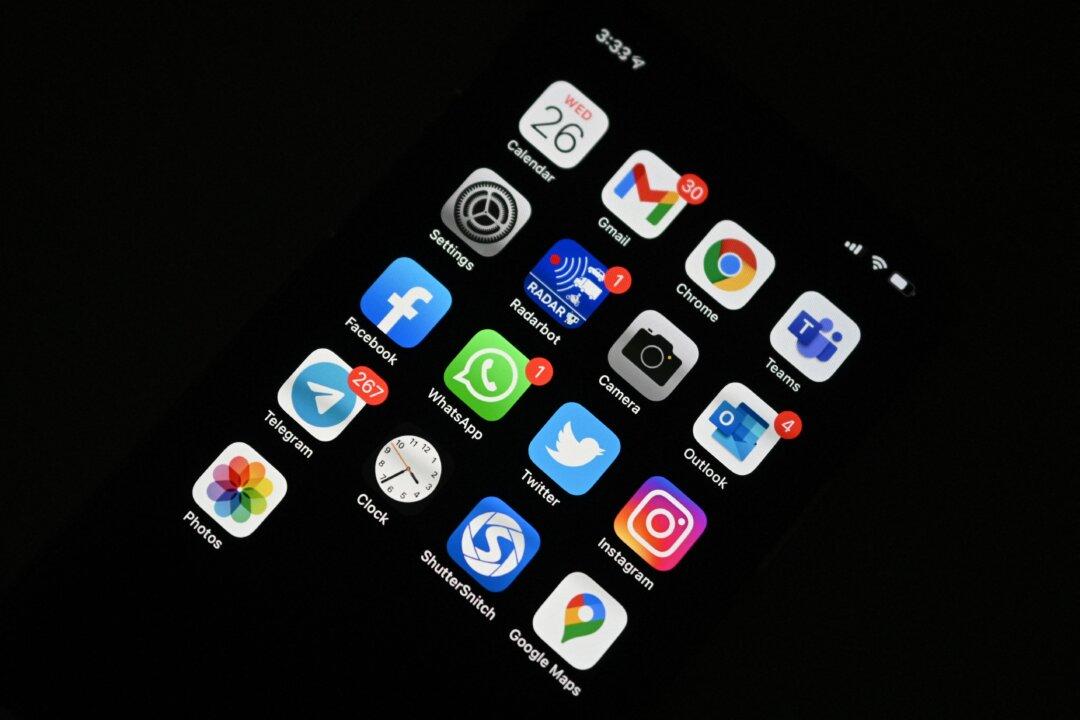FOUNTAIN VALLEY, Calif.—Fountain Valley city councilors voted 3 to 1, with one abstention, on May 3 to approve erecting a big electronic billboard next to the 405 Freeway, seven years after the project was shelved due to resident protests and threats of litigation.
The electronic billboard proposal, which was first proposed by the city council and rejected by the city’s planning commission in 2015, aims to generate ad revenue for the city.




